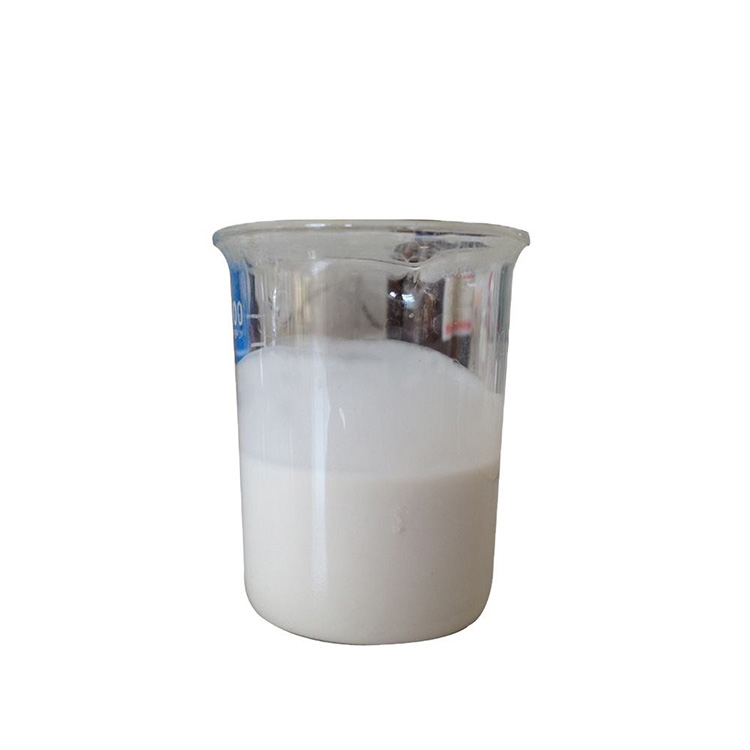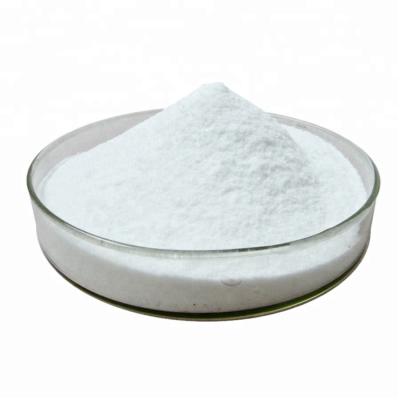Prometryne Triazines Herbicide
Common name: Prometryne
Chemical name:
Prometryne; Uvon; 6-methylsulfanyl-2-N,4-N-di(propan-2-yl)-1,3,5-triazine-2,4-diamine
Molecular formula: C10H19N5S
It is suitable for rice, wheat, soybean, cotton, sugarcane, fruit trees, vegetables and other crops, to prevent and control annual broad-leaved weeds, grasses, sedges and certain perennial weeds, such as crabgrass, Setaria, barnyardgrass, duck's diffusa, japonicum sylvestris, glauca, etc.
Common name: Prometryne
Chemical name:
Prometryne; Uvon; 6-methylsulfanyl-2-N,4-N-di(propan-2-yl)-1,3,5-triazine-2,4-diamine
Molecular formula: C10H19N5S
Structural formula:

Molecular weight: 241.36
CAS No. : 7287-19-6
Physical and chemical properties:
The pure product is white crystals. m.p.118~120℃, vapor pressure 1.33×10-4Pa. It is easily soluble in organic solvents, and it dissolves Chemicalbook in water at a degree of 48mg/L at 20°C. Non-flammable, non-explosive, non-corrosive. The original medicine is off-white or beige powder, m.p.113~115℃, smell of rotten eggs.
Product description:
Promatogin is synthesized by methylsulfuration reaction with pyrimidin as an intermediate. The synthesis of Pyramidin Pyramidin is also a kind of s-triazine herbicide, and its chemical name is 2-chloro-4,6-diisopropylamino-s-triazine. It is produced by the reaction of cyanuric chloride and isopropylamine under alkaline conditions. Operation process: Put a certain amount of cyanuric chloride and 4 times the amount of water into the reaction pot at a temperature below 5°C, stir to dissolve, control 0~10°C, add metered isopropylamine dropwise at a constant rate, and increase the temperature after the addition 15~30℃, add a metered amount of alkali, react at 35℃ for 2h, and finally make the material alkaline, centrifuge it, wash with water to neutrality, and use it for the next step of the reaction. Promatogin's synthetic intermediate promethazine reacts with sodium sulfide through the "sulfhydryl bridge" reaction to form disulfide, and then reacts with sodium hydroxide through air oxidation to form the corresponding compound containing sodium sulfhydryl, and finally reacts with dimethyl sulfate to synthesize Promising. Operation process: Add proper amount of water and metered dissolved sodium sulfide and sulfur aqueous solution into the reaction kettle, then put in a certain amount of chlorpheniramine under stirring, heat up to 100~105℃, react for 5h, and then add a certain amount of liquid caustic soda , Continue to react for 1h, and oxidize with air, react at 100℃ for 5h, cool after oxidation, add metered amount of dimethyl sulfate evenly at 60℃, control the temperature not to exceed 65℃, react for 45min, and then continue at 65~70℃ After reacting for 2h, after cooling, centrifugal separation, washing with water, and drying, promethazine was obtained.
Usage:
A selective s-triazine herbicide for dry land use. It has the effect of internal absorption and conduction. It can be absorbed from the roots or penetrated into the plants from the stems and leaves, and transported to the green leaves to inhibit photosynthesis, and the weeds become chlorosis and die. The effective period is as long as 20~70d, suitable for rice, wheat, soybean, cotton, sugarcane, fruit trees, vegetables and other crops, to prevent and control annual broad-leaved weeds, grasses, sedges and certain perennial weeds, such as crabgrass, Setaria, barnyardgrass, duck's diffusa, japonicum sylvestris, glauca, etc. as well as perennial prickly pear weeds, Chemicalbook edulis, etc. To control weeds in rice fields, use 50% wettable powder at 3-6g/100m2 in the south and 9.8-15g/100m2 in the north with 3~4.5kg of moistened fine soil 5-7d after transplanting rice. The field water layer is 3~5cm, and the water retention is about 10 days. To prevent weeds in dry land, use a 50% wettable powder 15-22.5g/100m2 before sowing or after sowing in wheat, cotton, peanuts, and soybeans, and spray 4.5kg of water on the soil surface.
Submitted successfully
We will contact you as soon as possible




